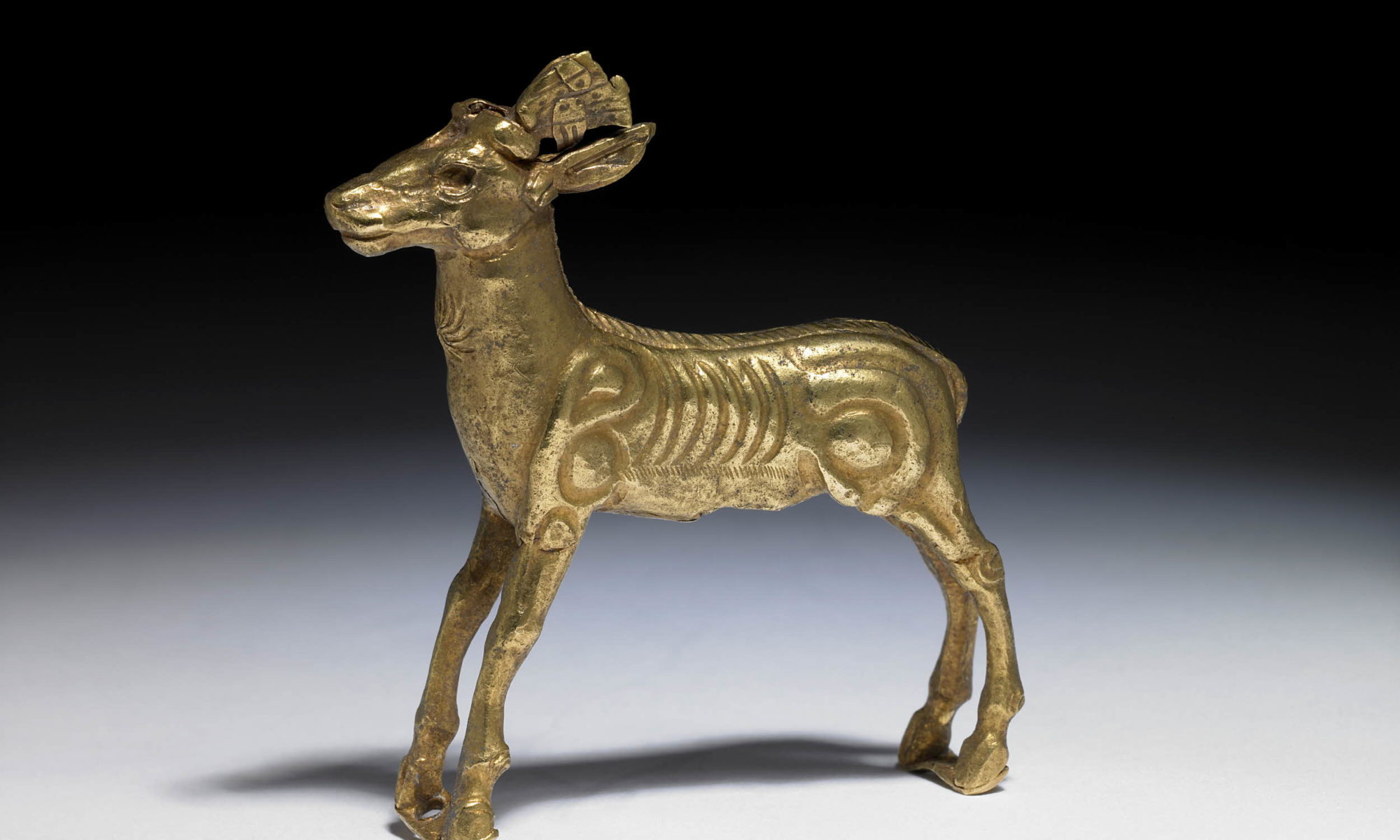Achaemenid and Scythian Symbiosis in Central Asia: The Material Evidence

Achaemenid presence in western Central Asia is variously documented by written sources (classical texts, Achaemenid cuneiform tablets, documents in imperial Aramaic), remains of public constructions (fortification walls, irrigation networks, monumental platforms) and other items of material culture (seals, statuettes, gold plaques). However, there is modest evidence regarding the Achaemenid cultural impact on the local populations, both sedentary and nomadic. Principal among the latter groups were the various Scythian tribes, some active on the north-eastern fringes of the Achaemenid Empire and others settled within the territories of its eastern satrapies. These Central Asiatic Scythians —often associated with the Bactrians in the written sources— were a powerful political and military entity with significant influence over the region’s political and economic status quo.
This project aims, first, to investigate references to the Scythian domain in Achaemenid material culture and art in the light, among others, of artifacts made for Scythian consumption. Second, it aims to examine the extent to which material remains in Central Asiatic territories of Scythian presence and settlement can offer insights into the policies pursued by the Achaemenids in order to promote their imperial doctrine and rule among this group of people. The discussion also seeks to benefit from comparative evidence that pertains to Scythian material culture and Scythian-Greek cross-cultural phenomena in the Black Sea region.
